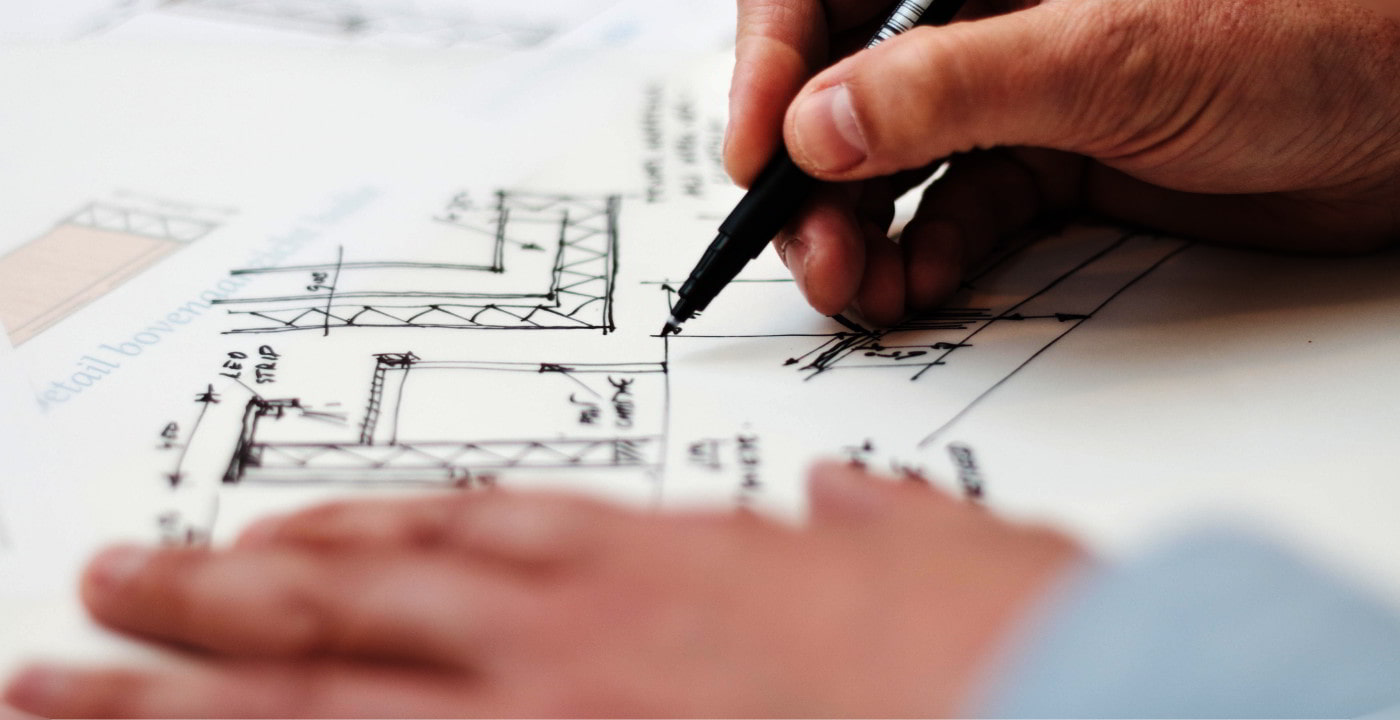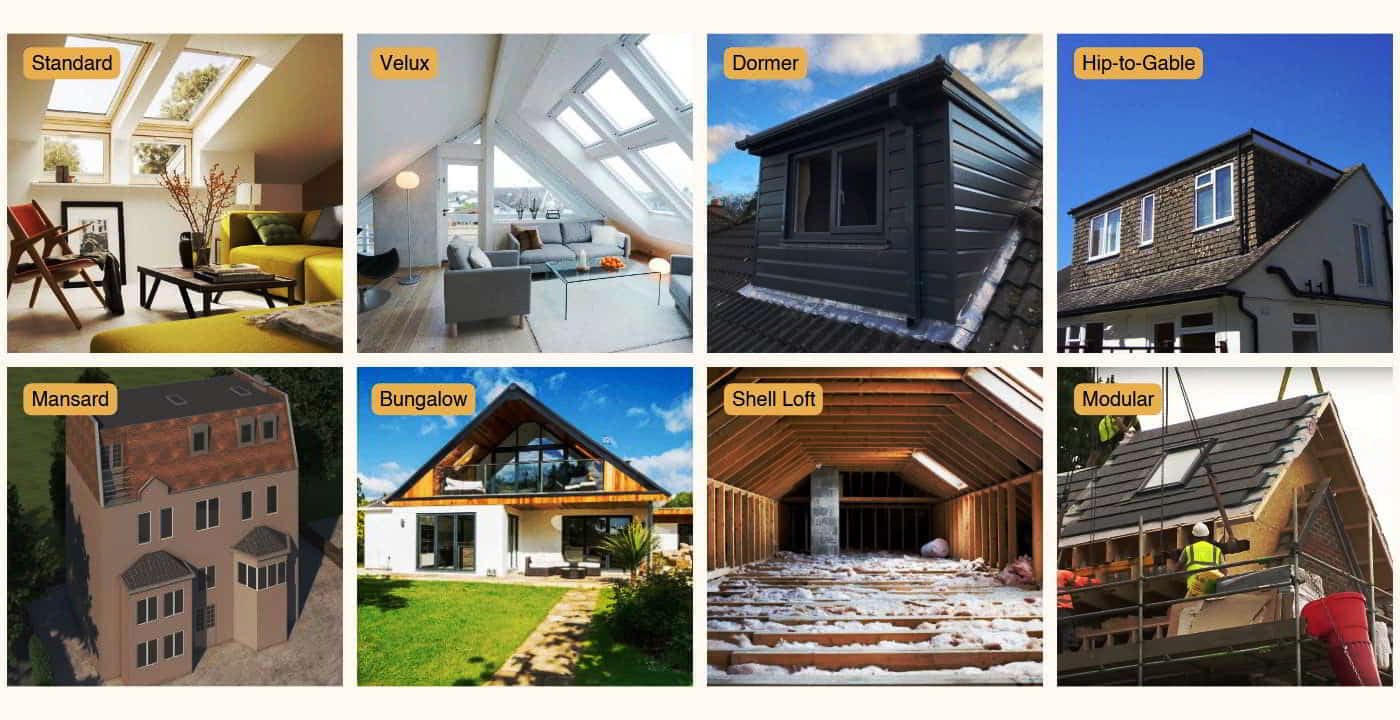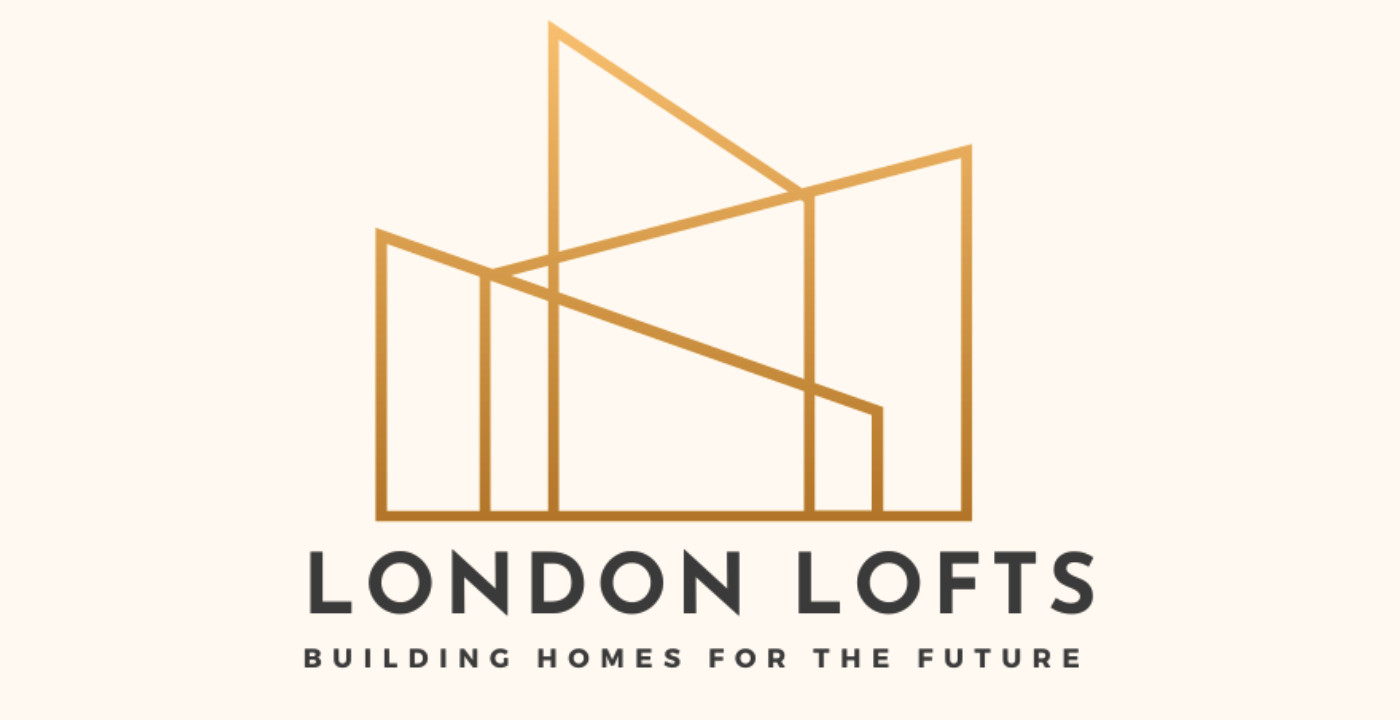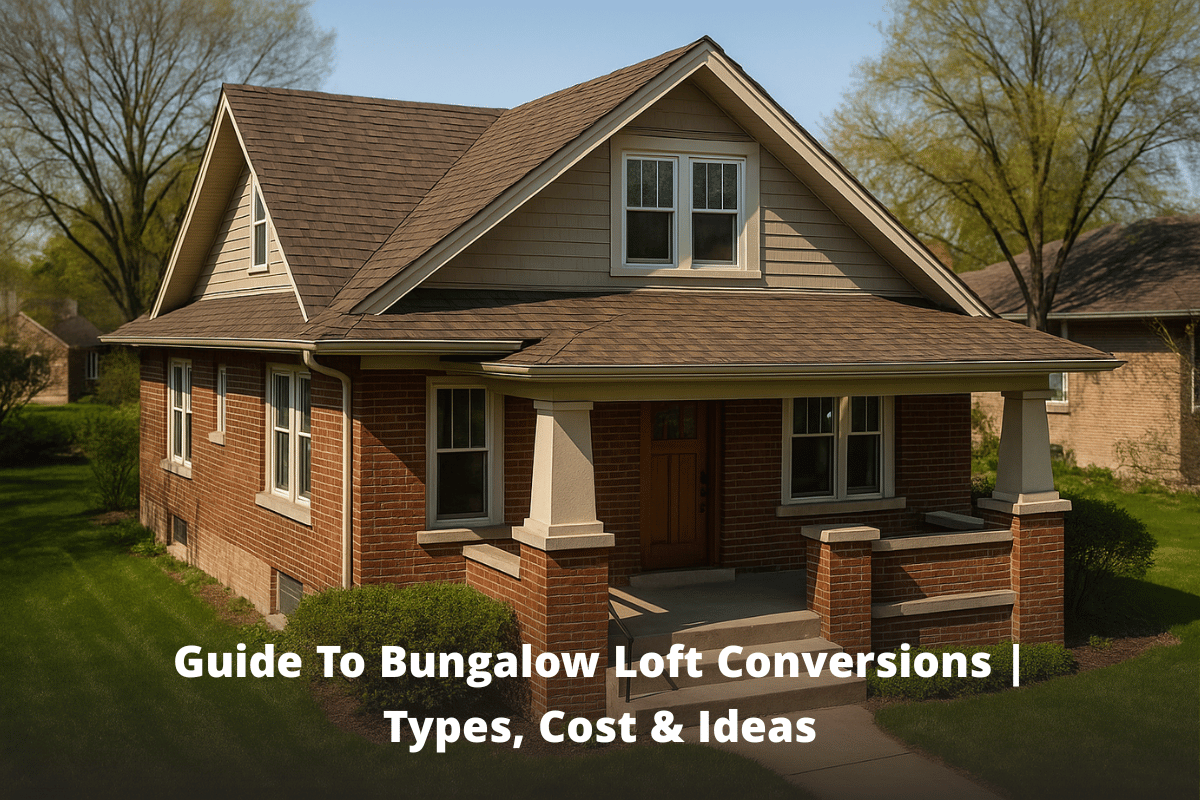
Drawing your own loft conversion plans may seem like a tempting prospect, but is it the right thing to do?
Despite the appeal, for many people inclined to go it on their own, designing their own loft conversion plans may ultimately be a path that ends up being a lot more hassle (and a lot more expensive) than it is worth.
Should you do it yourself, or allow an experieinced hand the ability to draw out these plans? Read on to find out.
KEY TAKEAWAYS
- Drawing your own plans for a loft conversion is a demanding, time and effort-intensive process
- Failing to understand building and planning regulations pertaining to loft conversions could undo all the work you put into your loft conversion and send the costs spiralling
- Consulting with design and planning professionals will almost always get your conversion done faster and cheaper than doing it yourself
Loft Conversion Drawing - What’s Involved?
Drawing up your own loft conversion plans is certainly possible if you possess the right knowledge and skill set. Though it should be pointed out up front that it is no small task.
For the uninitiated, below we outline the basic steps involved.
Decide what type of Loft Conversion you want

There is a wide range of different types of loft conversion. In London, the most popular are Shell Conversions, Dormer Conversions and Hip-to-Gable Conversions.
The type of loft conversion best suited to your project will depend on how you intend to use the loft, how much additional space you want to add (if any), and the size of your budget.
Research Planning Regulations

The majority of loft conversions are classed as permitted developments and don’t require planning permission. But there are strict regulations for a loft conversion to secure this classification.
The most important criteria to qualify as a permitted development involve space and access.
For a detached or semi-detached property you are allowed to create up to 50 square meters of additional space, for terraced properties this drops to 40 square meters.
Loft conversions for terraced properties may require a party wall agreement – find out if your property is going to need one
Whatever type of home you have, if you are converting your loft into a habitable space, you must install a purpose-built staircase that complies with building safety and fire regulations.
Create a Design
After you’ve decided on the type of conversion and are comfortable with any related planning regulations, you can start designing your loft conversion.
This should include details such as the placement of windows, doors, stairs, and any other features you want to include. If you are planning to convert your loft to a bedroom with its own en-suite, this will include the toilet, sink, and radiator(s) (or other heating appliances).
Draw-up Your Plans
Once you are happy with the layout of your new loft space, it’s time to draw up the plans.
This is the most important stage of doing your own loft conversion plans.
Use the most accurate tools you can get your hands on. You will need to include dimensions for all of the features you have included in your design, as well as notes about materials, insulation, and other important details.
Getting any of these measurements wrong, or choosing the wrong materials for the job, could add weeks to the length of your project and thousands of pounds to your final budget.
Do I Need an Architect for a Loft Conversion?

Speaking legally, no. But that’s not really the point.
If you are flying abroad on holiday, and you’re not a pilot, you want a qualified pilot to get you there – rather than having to take the stick yourself.
This is obviously the case because the risk is of attempting to fly a plane yourself with no experience just for a two week holiday in the Algave is nowhere near worth the reward, and the same goes for drawing up your own loft conversion plans.
Qualified architectural designers know what they are doing and they have access to the best tools and equipment to get the job done right.
London Lofts Design and Planning Services

Here at London Lofts we have been providing loft conversion design and planning services across greater London for years, and our combined experience accounts for many decades in the industry.
We will cover every step of the process on your behalf including:
- Checking the viability regarding planning permissions and securing planning permission in the rare instances it is required.
- Designing and drawing-up the plans for your loft conversion to your exact specifications.
- We then create a 3D rending of the plans to give you complete visibility into how it will look upon completion, allowing for feedback and potential changes before work gets underway.
- Once you are satisfied with the plans, we set to work, keeping you up to date with the progress and ensuring the disruption to your day-to-day life is kept to an absolute minimum.
FAQS
Do I Need Planning Permission for my Loft Conversion?
Usually no, but it all depends on how much space you want to add and if your proposed loft conversion meets the necessary building regulation requirements.
How Long Should a Loft Conversion Take?
On average you are looking at up to 8 weeks to complete a loft conversion in London. For a full exploration of everything involved take a look at the write-up we did answering this very question.
CONCLUSION
Drawing up your own plans for a loft conversion is allowed, but it is rarely a good idea.
Unless you are an experienced architectural designer then the amount of things that could go wrong just makes things too risky…
What if you get the measurements wrong and halfway through you realise nothing is going to fit as it should?
What if you choose the wrong materials and your home isn’t strong enough to support your new loft conversion?
Using qualified professionals may seem like an additional expense you could do without, but the chances are that, in the long run, they will not only save you a huge amount of time and physical effort but a whole lot of money and stress as well.
If you’d like to know more about our design and planning services then please get in touch.




